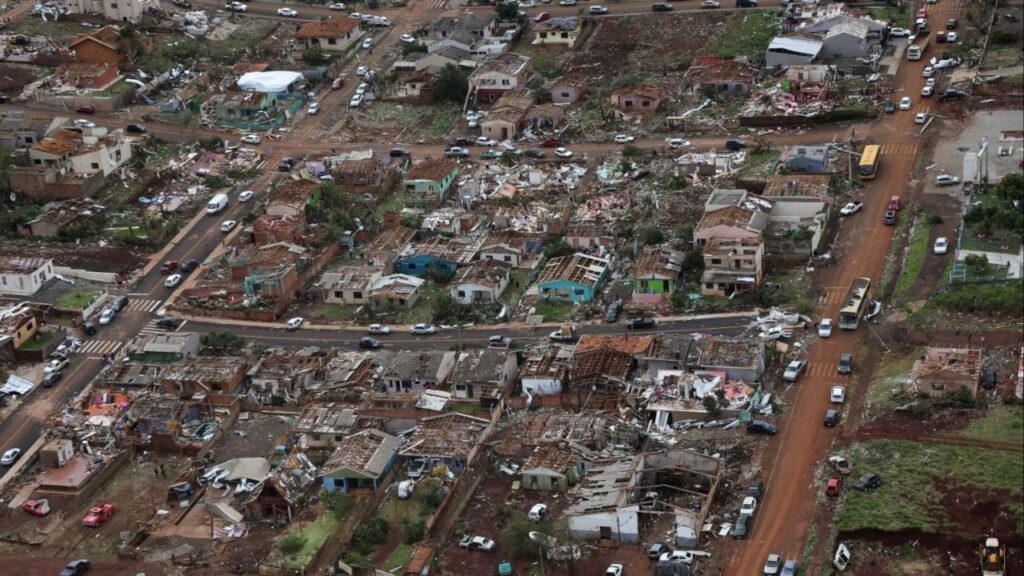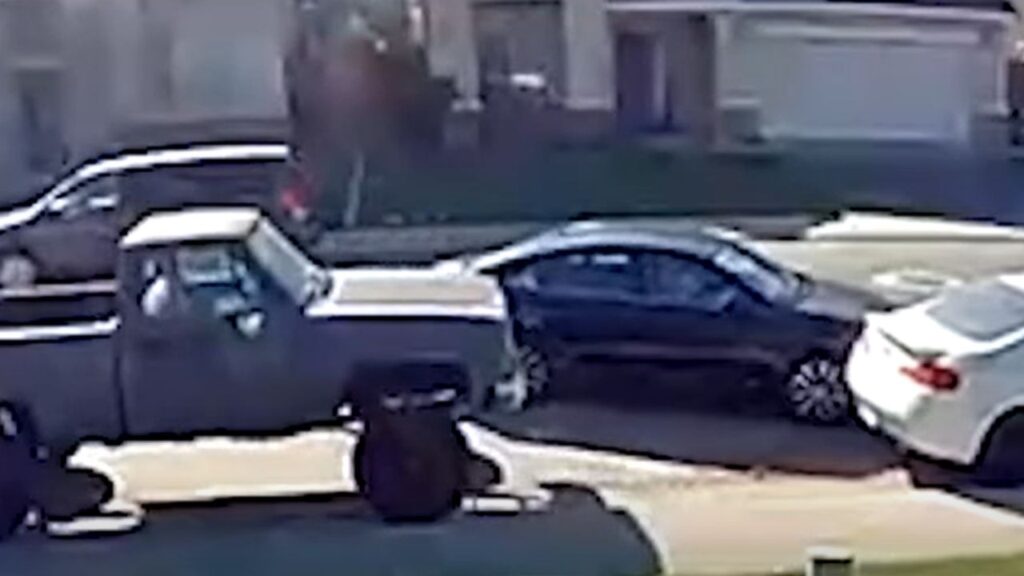California's ambitious zero-emission vehicle mandate faces legal, political, and practical challenges ahead. (CalMatters/Larry Valenzuela)

- California's zero-emission vehicle mandate gets legal and political support, but challenges persist.
- Gov. Newsom celebrates the EPA's waiver renewal, while President-elect Trump vows to block the mandate.
- Hurdles remain in achieving 100% ZEV sales by 2035, including infrastructure and affordability concerns.
Share
Gov. Gavin Newsom’s decree that by 2035 all new cars sold in California must be powered by batteries or other zero-emission systems has received a double dose of legal and political support.

Dan Walters
CalMatters
Opinion
Last Friday the U.S. Supreme Court blocked an effort by red states to declare California’s zero-emission mandate unconstitutional. And on Wednesday the outgoing Biden administration’s Environmental Protection Agency granted the state’s request for a new waiver, which it needs to deviate from federal emission standards.
Renewal of the waiver makes it more difficult for President-elect Donald Trump to make good on his campaign promise to block California’s 2035 decree, a major chunk of the state’s effort to become carbon-neutral by 2045.
Clean Cars Are Here to Stay, Says Newsom
“Clean cars are here to stay,” Newsom said in a statement. “The Biden-Harris administration reaffirmed what we’ve known for decades — California can rise to the challenge of protecting our people by cleaning our air and cutting pollution.
“With more makes and models available than ever before, millions of Californians have already made the switch to clean cars. Automakers and manufacturers have made it clear they intend to stick with California and consumers as we move toward clean cars that save people money.
“Naysayers like President-elect Trump would prefer to side with the oil industry over consumers and American automakers, but California will continue fostering new innovations in the market.”
Related Story: Supreme Court Will Take Up a Challenge Related to Tough CA Vehicle Emissions ...
Legal, Political, and Tactical Challenges Remain
Newsom’s celebratory statement and political dig notwithstanding, whether California actually enforces the ban on selling gasoline- and diesel-powered cars in 2035 remains legally, politically and tactically unsettled.
While the Supreme Court didn’t allow Ohio and other states to pursue their case against California, it left open a challenge by fuel manufacturers, who contend that the state’s Clean Air Act waiver doesn’t empower it to ban sales of cars with internal combustion engines. The court will take up that issue next year.
Despite the EPA action, it’s likely that after taking office, Trump will attempt to cancel it, either directly or through legislation from a Congress with Republican majorities in both houses.
Related Story: How California’s New Emission Rules May Kill the Motorhome Market
Escalating Zero-Emission Vehicle Sales Faces Hurdles
Assuming that California’s mandate survives those potential roadblocks, there’s still the matter of escalating the sales of battery- and hydrogen- powered cars, plus plug-in hybrids, from their 39.4% of auto purchases so far this year to 100%.
There are about 13 million cars on the road in California; about 2 million meet the state’s definition of zero-emission now. Californians purchase between 1.7 million and 2 million new vehicles each year.
After surges in recent years, sales of ZEVs, as they are dubbed, have recently flattened out. Trump has pledged to eliminate the $7,500 federal tax credit for zero-emission vehicle purchases, but Newsom has promised to keep it going with state funds.
That issue aside, there are other impediments to the sharp escalation of ZEV sales needed to meet the state’s deadline, such as the lack of convenient and functional recharging stations, purchase prices that are beyond the ability of low-income families, and concerns about how far zero-emission vehicles can travel between charges, particularly in rural areas.
Related Story: Biden EPA to Charge First-Ever ‘Methane Fee’ for Emissions Waste by ...
Balancing Act: Maintaining Fuel Availability and Shifting to Zero-Emission Power
Moreover, even if only zero-emission vehicles can be sold after 2035, there will still be millions of gas- and diesel-fueled cars on the road. And the state faces a balancing act of maintaining the availability of fuel for those cars as it indirectly compels refineries to reduce their output, perhaps to the point of closure.
Finally, California must generate enough electricity to recharge the many millions of zero-emission vehicles it envisions, while at the same time shifting to zero-emission power production from wind and solar arrays, backed up by massive battery banks.
With all of those factors in flux, there’s precious little wiggle room if the state is to achieve its 2035 goal.
About the Author
Dan Walters has been a journalist for nearly 60 years, spending all but a few of those years working for California newspapers. He began his professional career in 1960, at age 16, at the Humboldt Times.
CalMatters is a public interest journalism venture committed to explaining how California’s state Capitol works and why it matters. For more columns by Dan Walters, go to calmatters.org/commentary.
Make Your Voice Heard
GV Wire encourages vigorous debate from people and organizations on local, state, and national issues. Submit your op-ed to bmcewen@gvwire.com for consideration.
RELATED TOPICS:
Categories

Tornado in Southern Brazil Kills Six, Injures Hundreds



















